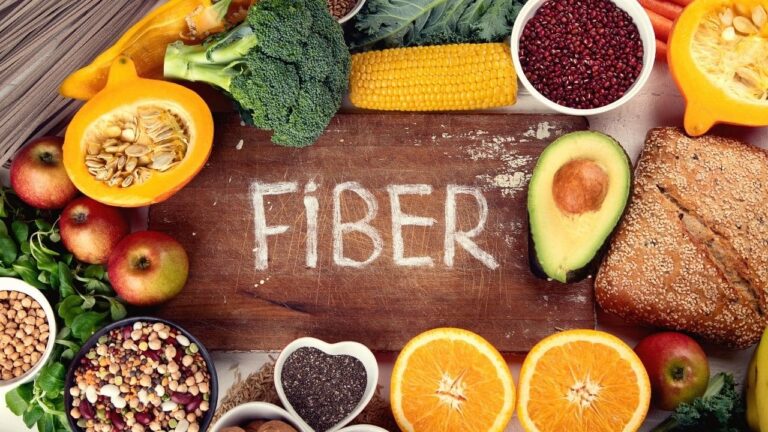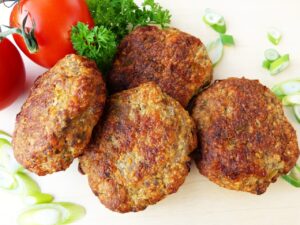BENEFITS OF FIBER FOODS

For every 1000 calorie intake per day, 14 grams of fiber should be consumed, as recommended by the Academy of Nutrition and Dietetics. In other words, daily fiber intake should be 25 grams for women and 38 grams for men, as suggested by health authorities. Some fruits and vegetables rich in fiber are listed below, along with their fiber content.
Recommended Fiber intake
Strawberries are delicious and full of nutrients like manganese, vitamin C, and powerful antioxidants. One cup of fresh strawberries contains 3 grams of fiber. Strawberries can be consumed fresh or in the form of a strawberry smoothie.
Apples are one of the fiber-rich, satisfying, and tasty fruits one can eat. A medium-sized, raw apple has 4.4 grams of fiber.
Avocado is a fruit full of healthy fats and nutrients like potassium, magnesium, and some vitamins. This unique fruit has numerous health benefits. As far as fiber concentration is concerned, 1 cup of raw avocado has 10 grams of fiber.
Pear is a nutritious fruit full of fiber. Each 100 gm serving consists of about 3.1 grams of fiber.
Berries have a strong flavor and are loaded with manganese and some vitamins. The fiber content in 100 grams of raspberries is 6.5 grams.
Bananas are a rich source of potassium. One medium-sized banana contains 3.1 grams of fiber.
Green peas are a rich source of fiber.
Brocolli is a vegetable containing essential vitamins like vitamin C and several minerals, including potassium and manganese. Compared with other vegetables, the protein content in broccoli is much higher.
Beetroot is a vegetable with high iron content. An easy way to incorporate beans in daily life is eating beet salads. Sources of fiber other than fruits and vegetables include wholegrain cereals, lentils, legumes, and beans.
Barley is a high fiber grain, and including 2 cups of barley in daily diet can fulfill fiber requirements.
Oats contain soluble fiber, i.e., beta-glucan. Oats are a rich source of minerals and can be consumed in the form of muffins and cookies.
Quinoa cereal is extremely popular among diet-conscious people. It is a rich source of fiber and contains magnesium, zinc, and iron.
Popcorns, also known as the “king of snack foods,” are high in fiber. Various herbs and spices can be sprinkled to enhance flavor
A delicious and famous recipe for chickpeas is hummus, a spread that can be slathered on toast and salads.
Beans such as kidney beans and soybeans are an excellent source of fiber.
Almonds contain several healthy fats, manganese, and magnesium. A healthier way to consume is almond flour and almond oil.
These seeds are prevalent among the health-conscious community. They are loaded with calcium, phosphorus, and magnesium. A 100 grams portion of chia seeds contains 34.4 grams of fiber.
Although fiber has impressive health benefits, yet a diet rich in fiber may cause stomach discomfort and flatulence in some people. However, these symptoms tend to eradicate as the body gets used to changes in diet. Also, water intake must be increased while consuming fiber-rich foods to avoid issues like bloating and gas.
ABOUT THE AUTHOR
KSENIA SOBCHAK
Cosmetologist/Dermatologist, Clinical
Nutritionist – Central Saint Martins, BA (HONS)




